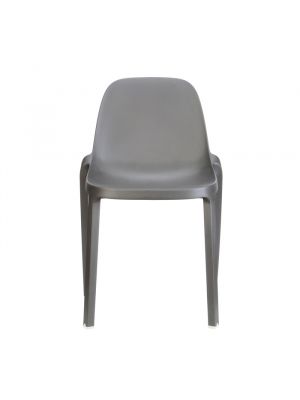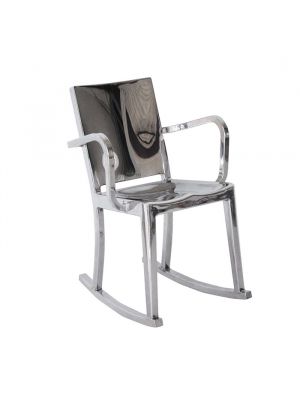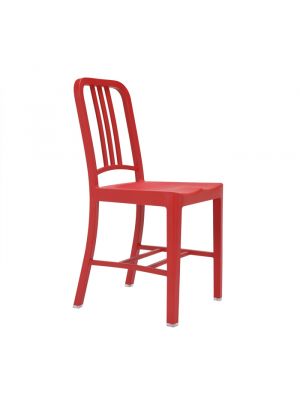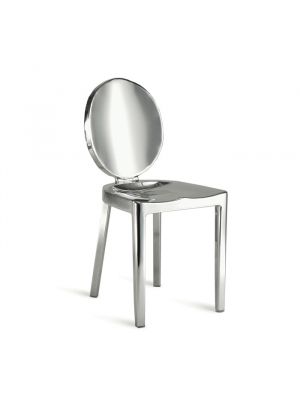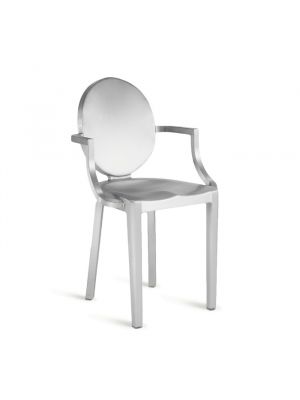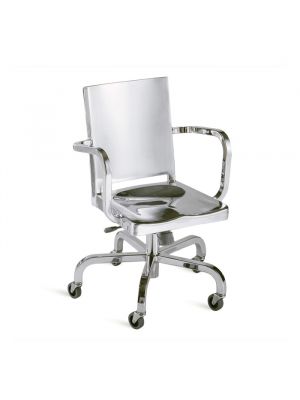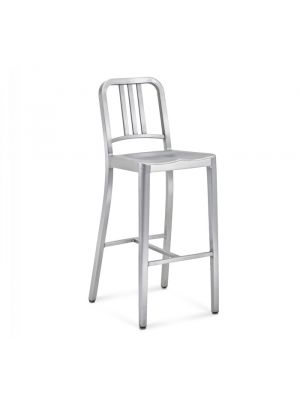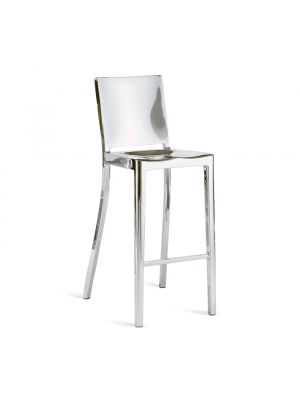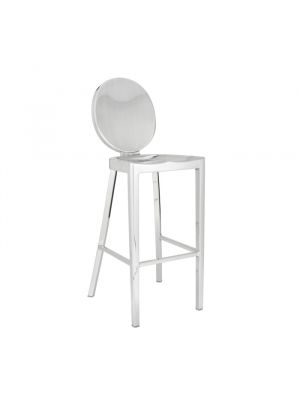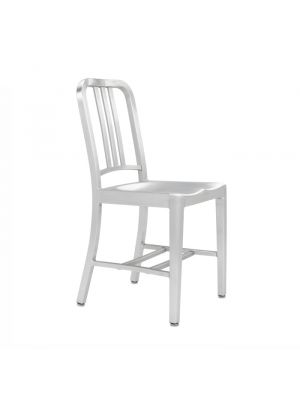We use cookies to make your experience better. To comply with the new e-Privacy directive, we need to ask for your consent to set the cookies. Learn more.
Emeco
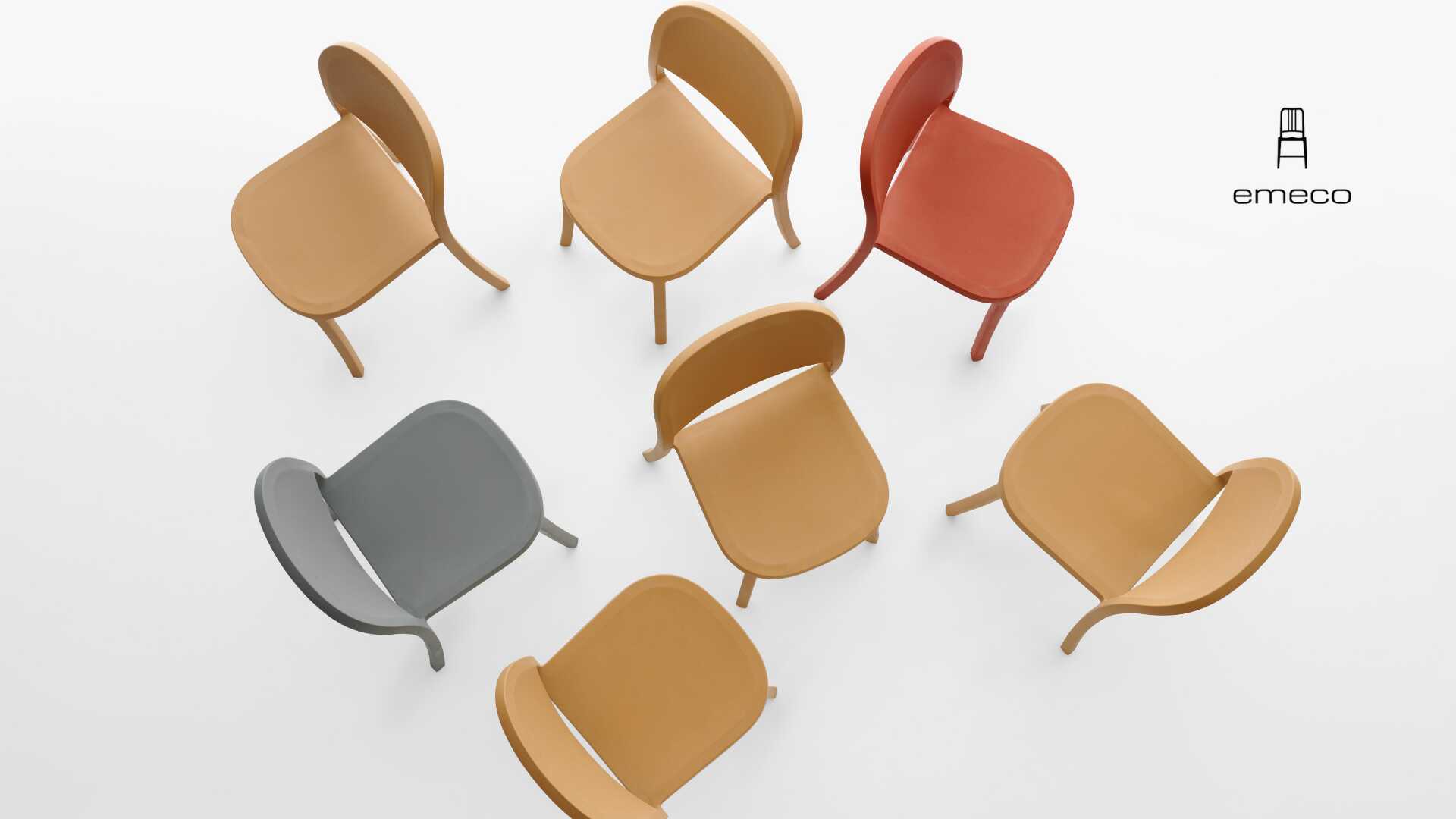
Emeco's philosophy:keep making things that last
When we think about Emeco (Electric Machine and Equipment Company), it immediately comes on our mind the Emeco 1006, also called Navy chair. This aluminium chair was commissioned in the 1940s by the United States Navy in World War II for use on warships: the contract specified that "it had to be able to withstand torpedo blasts to the side of a destroyer". The Emeco founder, Witton C. "Bud" Dinges, designed the 1006, a chair so durable that it far exceeded the Navy's specifications: when Dinges threw one chair out of a sixth-floor window at a Chicago furniture show, it survived undamaged except for a few scratches. Most wartime chairs are still in perfect condition and are occasionally available on the U.S. civilian market as military surplus from mothballed Navy ships.
In the 2000s, the chair was the basis of a new line of aluminum furniture designed by French designer Philippe Starck. Besides Philippe Starck the Emeco has cooperated with different internationally renowned designers: Adrian Van Hooydonk, Norman Foster, Ettore Sottsass, Frank Gehry, Michael Young, Christophe Pillet, Jean Nouvel, Konstantin Grcic.
The company's philosophy is becoming increasingly tense to the sustainability and environmental compatibility: Emeco developed a new environmentally sound material built on a formula using 90% industrial waste, reclaiming plastic and wood fibers from the industry floors, materials that otherwise would end up in the landfill.

 United States
United States  Italy
Italy
